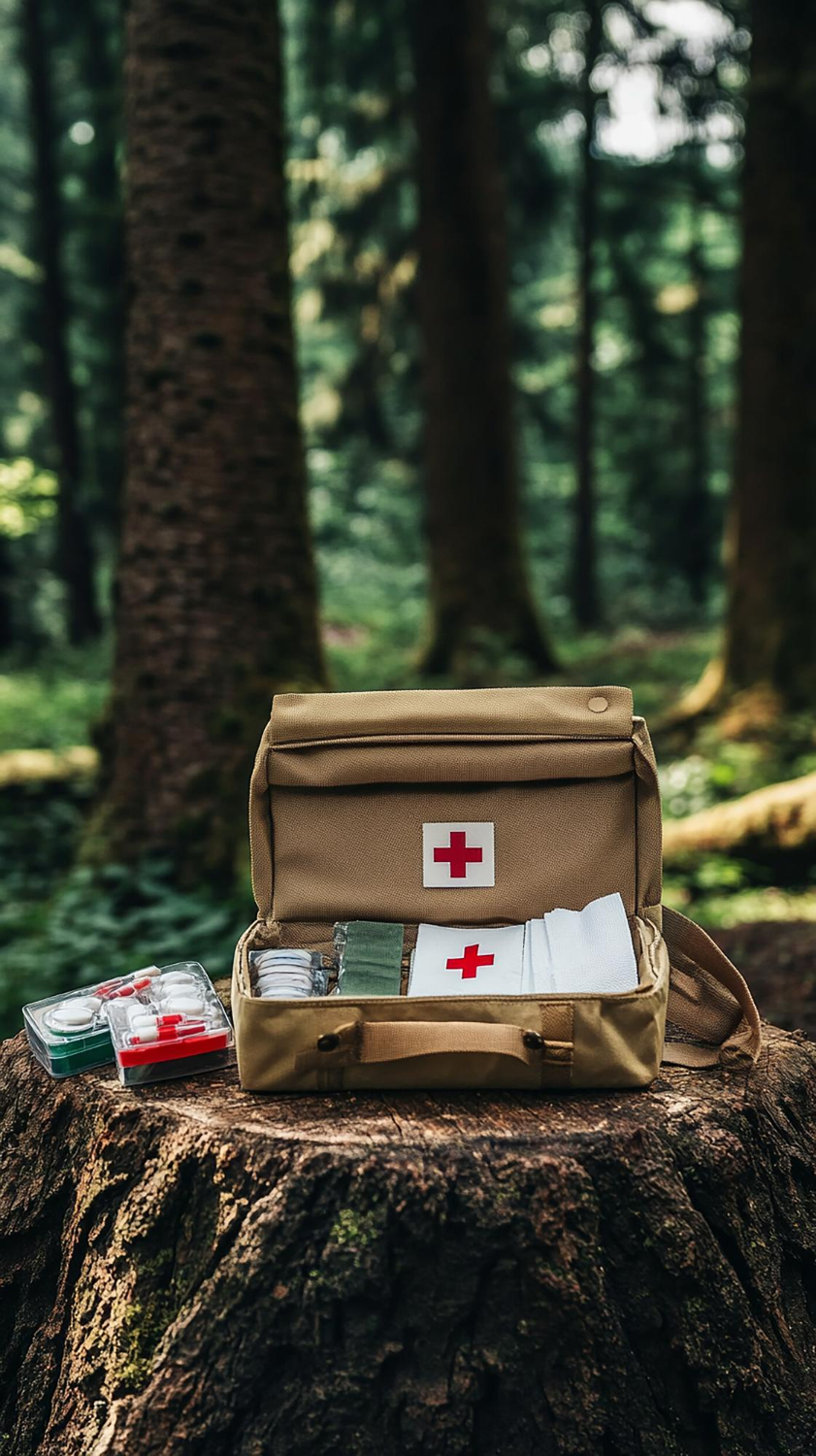While basic A/B testing offers valuable insights, refining your visual content strategy requires a more nuanced, technical approach. This article explores how to leverage sophisticated A/B testing methodologies, including multivariate experiments and precise data analysis, to achieve granular control over visual elements. Building on the broader context of «{tier2_theme}», and rooted in foundational principles from «{tier1_theme}», we will guide you through actionable steps to elevate your visual content performance with expert precision.
Table of Contents
- Analyzing Visual Content Performance Metrics for A/B Testing
- Selecting Visual Elements to Test in A/B Experiments
- Designing and Implementing A/B Tests for Visual Content
- Conducting Incremental and Multivariate Visual Tests
- Analyzing Test Results and Making Data-Driven Decisions
- Common Pitfalls and How to Avoid Them in Visual A/B Testing
- Practical Implementation: Step-by-Step Visual Content Optimization Workflow
- Reinforcing Broader Strategy and Linking Back to Tier 1 and Tier 2
Analyzing Visual Content Performance Metrics for A/B Testing
a) Identifying Key Metrics: Click-through Rates, Engagement Time, Conversion Rates Specific to Visual Elements
To effectively evaluate visual content, you must identify the metrics that truly reflect user interaction with visual elements. Beyond basic click-through rates (CTR), focus on metrics such as scroll depth for understanding how far users engage with visual content, hover interactions to gauge curiosity, and visual-specific conversion rates—for example, how often users click on a CTA embedded within an image or infographic.
Implement event tracking within your analytics platform (e.g., Google Analytics, Mixpanel) to capture these interactions at a granular level. Use custom dimensions or parameters to tag visual elements distinctly, enabling precise performance measurement for each variation.
b) Setting Benchmark Goals: How to Establish Baseline Performance Before Testing
Establishing clear baseline metrics is critical. Analyze historical data over a minimum of four weeks to identify average CTR, engagement time, and conversion rates associated with your current visual content. Consider seasonal variations and campaign cycles. For instance, if your current homepage hero image yields an average CTR of 3.5%, use this as the baseline to measure improvements.
Utilize statistical process control (SPC) charts to visualize fluctuation over time and set thresholds for meaningful change (e.g., a 10% increase in CTR). Document these benchmarks meticulously for subsequent comparison.
c) Tracking and Interpreting Data: Using Analytics Tools to Gather Actionable Insights
Leverage tools like Google Optimize, VWO, or Optimizely to implement event tracking scripts that capture visual engagement metrics. Use heatmaps (via tools like Hotjar or Crazy Egg) to visualize user attention on visual elements.
Apply statistical significance tests—such as Chi-square or Fisher’s Exact Test for categorical data, and t-tests for continuous metrics—to determine if observed differences are meaningful. Incorporate confidence levels (typically 95%) to ensure reliability.
Selecting Visual Elements to Test in A/B Experiments
a) Prioritizing Visual Components: Images, Color Schemes, Typography, Layout Arrangements
Begin by analyzing which visual components influence user behavior most significantly. Use quantitative data—such as heatmaps and click maps—to identify high-visibility areas. For example, if heatmaps show users focus on the color scheme of CTA buttons, prioritize testing variations in color and contrast.
Complement this with qualitative insights from user feedback or usability tests. For instance, if users mention that typography hampers readability, test different font styles and sizes systematically.
b) Creating Variations: Techniques for Designing Effective Test Versions
Design variations with precise control over one element at a time. For example, when testing color schemes, keep layout, images, and typography constant. Use design tools like Adobe XD, Figma, or Sketch to create multiple versions, ensuring consistency in overall aesthetics.
In multivariate tests, combine multiple variations—such as different images, colors, and typography—to examine interaction effects. Use factorial designs to systematically explore combinations.
c) Avoiding Confounding Variables: Ensuring Only One Element Changes per Test for Clear Results
Strictly isolate variables to prevent confounding effects. For example, when testing two different images, keep all other visual aspects identical. Use version control in your design files and implement A/B testing setups that swap only the targeted element.
Document each variation meticulously to track what was changed, enabling clear attribution of performance differences.
Designing and Implementing A/B Tests for Visual Content
a) Crafting Test Hypotheses: How to Formulate Specific, Measurable Assumptions About Visual Changes
Hypotheses should be specific and measurable. For example, “Changing the CTA button color from blue to orange will increase click-through rate by at least 10%.” Use SMART criteria—Specific, Measurable, Achievable, Relevant, Time-bound—to formulate each hypothesis.
Ensure hypotheses are grounded in prior data or user research. For instance, if prior heatmap analysis indicates users ignore blue buttons, testing an orange variant becomes a data-driven hypothesis.
b) Sample Size and Test Duration: Calculating Necessary Sample Sizes and Optimal Testing Periods
Use power analysis tools (like Evan Miller’s A/B Test Sample Size Calculator) to determine the minimum sample size required to detect a statistically significant difference, accounting for baseline conversion rates, expected uplift, and statistical power (commonly 80%).
For example, if your current CTR is 3.5%, and you aim to detect a 10% increase with 95% confidence, calculate that you need approximately 5,000 visitors per variant over a 2-week period, assuming steady traffic flow.
c) Setting Up Testing Tools: Step-by-Step Guide for Using Platforms Like Optimizely, VWO, or Google Optimize
Identify the platform best suited for your needs—consider ease of use, integration capabilities, and reporting features. Here’s a generic setup process:
- Install the platform script: Add the platform’s JavaScript snippet to your website header.
- Create a new experiment: Define the control (original visual) and variation (test visual).
- Design variations: Use the platform’s visual editor to swap images, change colors, or modify layouts. Ensure only one element differs.
- Set targeting parameters: Specify pages, audience segments, or user behaviors to include/exclude.
- Define success metrics: Choose primary and secondary KPIs, such as CTR or engagement time.
- Launch and monitor: Start the test, monitor real-time data, and ensure tracking is functioning correctly.
Regularly check for data consistency and technical issues. Once sufficient data is collected, proceed to analyze results.
Conducting Incremental and Multivariate Visual Tests
a) When to Use Incremental A/B vs. Multivariate Testing: Pros, Cons, and Decision Criteria
Choose incremental A/B testing when testing a single visual element—e.g., color or layout—where the goal is to measure isolated impact. It is straightforward, with less risk of false positives, and easier to interpret.
Opt for multivariate testing when multiple visual variables interact—such as image choice, color schemes, and typography—requiring an understanding of combined effects. While more complex, it can optimize multiple aspects simultaneously, saving time.
b) Structuring Multivariate Tests: Designing Experiments with Multiple Visual Variables Simultaneously
Use factorial experimental designs—full factorial or fractional factorial—to systematically explore combinations. For example, test 3 images with 3 color schemes, resulting in 9 variants, but consider fractional designs to reduce the number of required tests if resources are limited.
Leverage software like VWO or Convert to set up these experiments, ensuring that each combination is randomly assigned and tracked accurately.
c) Managing Test Complexity: Best Practices to Avoid False Positives and Interpret Complex Data
Apply corrections for multiple comparisons, such as Bonferroni correction, to control the family-wise error rate. Use sequential testing techniques to evaluate data as it accumulates without inflating Type I error.
Visualize results with interaction plots and contour maps to interpret how combined variables influence user behavior. Maintain a clear documentation trail to track which variables were tested and the outcomes.
Analyzing Test Results and Making Data-Driven Decisions
a) Statistical Significance and Confidence Levels: How to Interpret Test Outcomes Reliably
Use statistical tests aligned with your data type—chi-square for categorical data, t-tests for means—to determine significance. Set a confidence level (e.g., 95%) to accept or reject hypotheses.
Employ confidence intervals to understand the range within which the true effect size lies. For example, a 95% confidence interval that does not cross zero indicates a statistically significant difference.
b) Identifying Winning Variations: Practical Thresholds and Decision Rules
Set pre-defined success criteria: for instance, a minimum 10% uplift in CTR with p-value < 0.05. Use Bayesian methods for probabilistic insights—e.g., a 95% probability that variation A outperforms B.
Apply lift analysis to quantify improvements, and consider secondary metrics to confirm overall positive impact.
c) Case Study: Applying Results to Refine Visual Content for Higher Engagement
Suppose a test revealed that a hero image with a warmer color palette increased engagement time by 15%, with a p-value of 0.02. Implement this variation across other pages, monitor for consistency, and plan subsequent tests to refine further—such as testing different image compositions or overlays.
Common Pitfalls and How to Avoid Them in Visual A/B Testing
a) Testing Too Many Variations at Once: Risks and Solutions
Overloading your tests with numerous variations increases the risk of false positives and dilutes statistical power. Limit each test to 2-3 variations and ensure sample sizes are adequate.
Use a clear test plan with prioritized hypotheses to keep experiments manageable and interpretable.
























